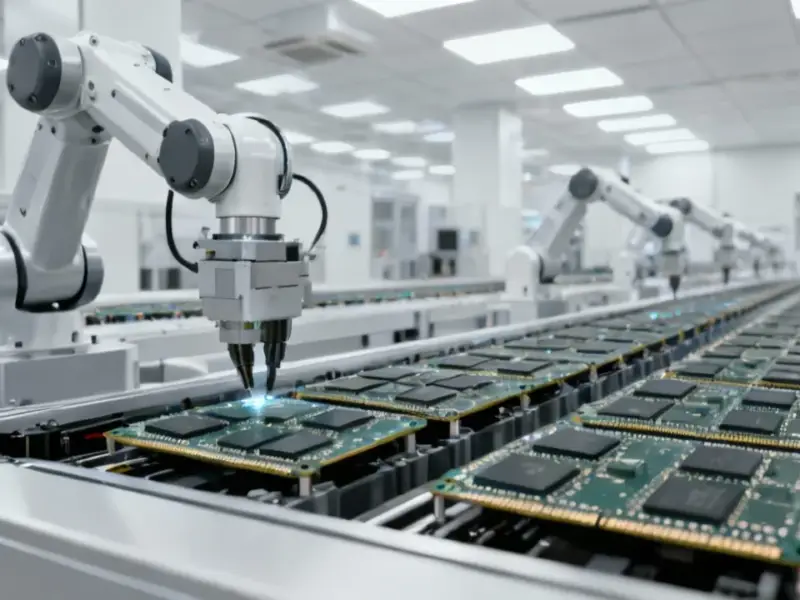According to CNBC, Lambda CEO Stephen Balaban announced a multi-billion dollar AI infrastructure agreement with Microsoft during an interview on “Money Movers” on Monday. Balaban described the current environment as “the largest technology buildout that we’ve ever seen,” citing surging consumer demand for AI services including ChatGPT and Claude. The partnership extends a relationship dating back to 2018 between the two companies, though specific financial terms were not disclosed. This major infrastructure commitment comes as enterprises scramble to secure computing capacity for generative AI workloads.
The Nvidia GPU Architecture Advantage
While the source mentions Nvidia chips broadly, the technical reality is more nuanced. Lambda’s infrastructure likely centers around Nvidia’s H100 and upcoming Blackwell architecture GPUs, which represent a significant leap in AI compute density. These chips aren’t just faster—they’re architecturally optimized for transformer models through dedicated tensor cores and specialized memory hierarchies. The H100’s transformer engine specifically accelerates the attention mechanisms that power modern LLMs, delivering 6-9x performance improvements over previous generations for inference workloads.
Infrastructure-as-a-Service Evolution
This deal represents a fundamental shift in how cloud providers approach AI infrastructure. Rather than building everything in-house, Microsoft is partnering with specialized providers who can deliver optimized hardware configurations at scale. Lambda’s expertise in GPU cloud infrastructure allows them to achieve higher utilization rates through better cooling solutions, power distribution, and networking topologies. The technical challenge isn’t just acquiring GPUs—it’s building the surrounding infrastructure to keep them running efficiently at scale, which requires specialized engineering most cloud providers lack.
Capacity Constraints and Market Dynamics
The multi-billion dollar scale indicates Microsoft is addressing a critical constraint: GPU availability for Azure customers. Nvidia’s production capacity remains limited despite massive demand, creating a strategic advantage for providers who can secure long-term supply. This partnership effectively creates a dedicated AI compute pipeline outside Microsoft’s standard procurement channels. The timing suggests Microsoft anticipates sustained demand growth beyond current projections, positioning Azure to capture enterprise AI workloads that require guaranteed capacity and performance SLAs.
The Scaling Challenge Beyond Hardware
Simply acquiring GPUs solves only part of the problem. The real technical challenge lies in networking and software optimization. Lambda’s infrastructure likely employs Nvidia InfiniBand for low-latency communication between GPU clusters, essential for distributed training of large models. More critically, the software stack—including optimized drivers, compilers, and orchestration layers—determines whether this hardware delivers its theoretical performance. Microsoft’s value add comes from integrating these resources into Azure’s existing ecosystem of AI services and development tools.
Long-term Infrastructure Strategy
This partnership signals Microsoft’s recognition that AI infrastructure requires specialized approaches beyond traditional cloud computing. While Microsoft develops its own AI chips like Maia, they’re hedging against production delays and technology risks by partnering with GPU-focused providers. The 2018 relationship start date suggests this isn’t a reactive move but part of a deliberate, long-term strategy. As AI models grow exponentially in size and complexity, having diverse compute options becomes critical for maintaining competitive AI services across Microsoft’s product portfolio.




